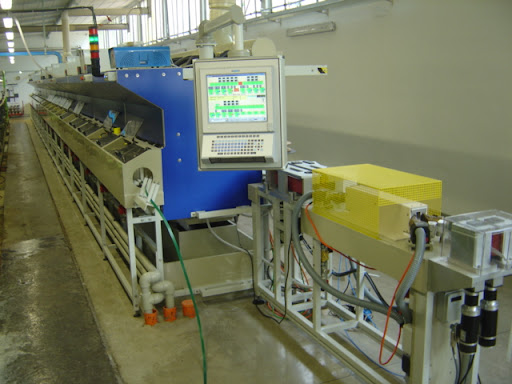
Reel to Reel Plating
The reel-to-reel plating method is an efficient and economical process which allows for select deposits of metal. This reel-to-reel plating process can plate strips of manufactured products or reels of raw material before they are stamped into parts. This starts by loading the reels onto a de-reeling station.
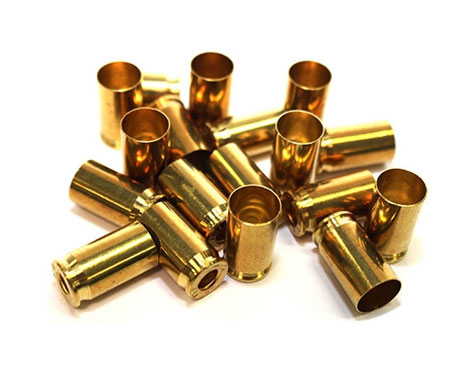
Gold Plating
Another industry that makes use of gold plating processes is the electronics industry. Gold's conductivity and resistance to corrosion again make it a suitable material for a number of electronic components. The production of computer chips use gold electroplating because of its ability to bond well with other metals.
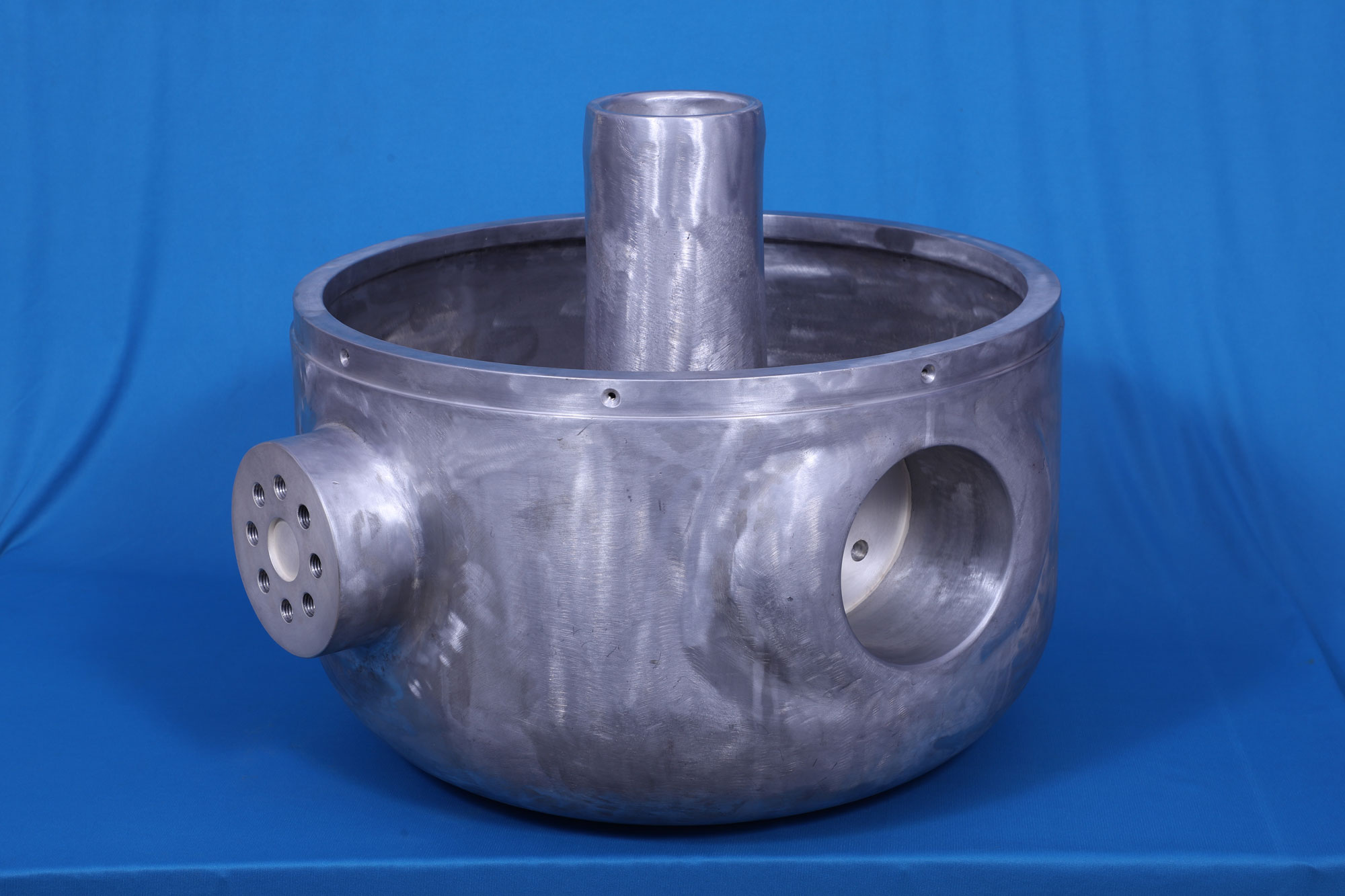
Silver on Aluminum (Silver VAT Line)
Silver has highest electrical conductivity when compared to all other metals. Silver has high electrical and thermal conductivity. Silver is corrosion resistant.
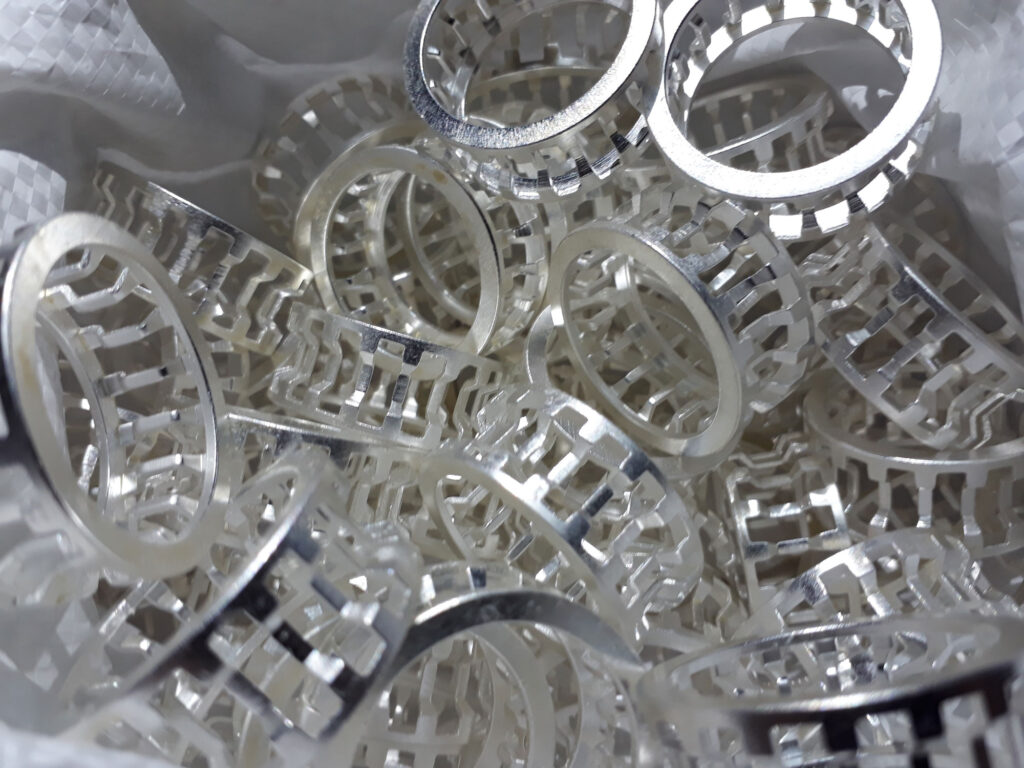
Silver on MS, Brass, Copper
Silver has highest electrical conductivity when compared to all other metals. Silver has high electrical and thermal conductivity. Silver is corrosion resistant.

Bright Tin Plating
Tin has many strengths making it a desirable choice due to its corrosion protection. Environmental, which refers to sulfur bearing environments that cause tin to tarnish. Decent contact resistance and excellent solder ability.
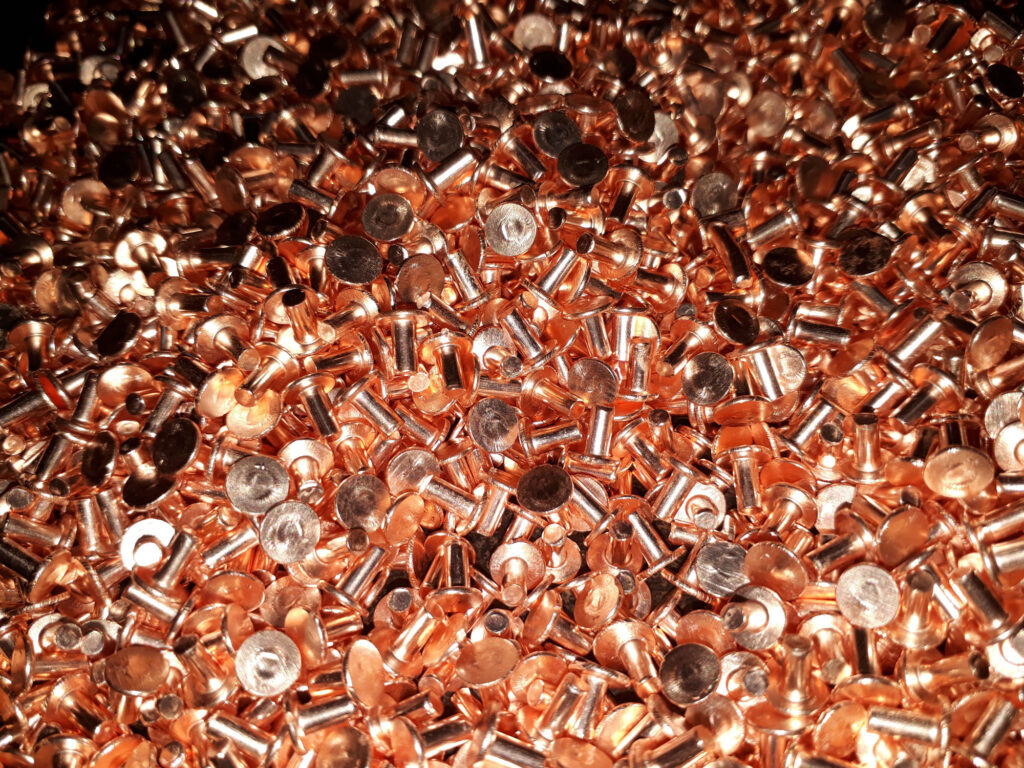
Copper Plating
Copper electroplating doesn't have to entail a metal-on-metal process. Plating copper onto non-metallic surfaces is also a widely implemented industrial practice.
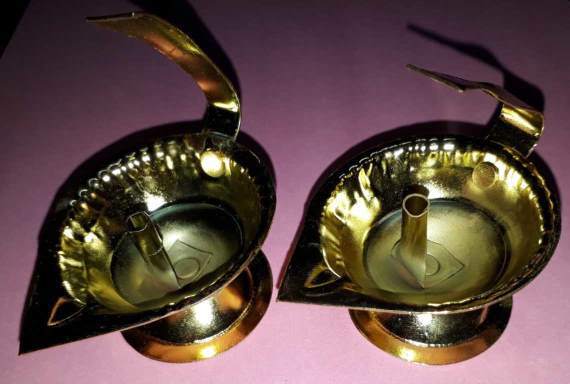
Brass
Brass electroplating is used for the creation of bass sculptures. brass electro formation refers to a metal forming process which is formed in thin parts through the electroplating process & is produced as a result of plating a metal skin onto a base form. This is known as mandrel. Brass electroforming process which produces plating, much thicker and can sustain itself even if the mandrel is removed.
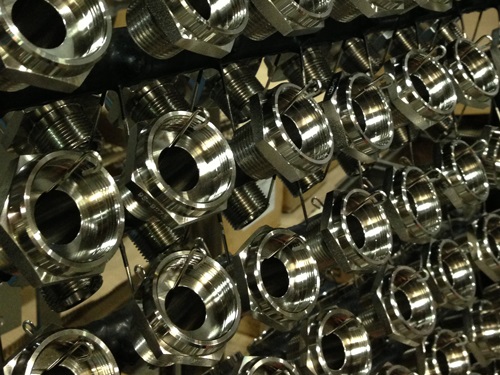
Electrodes Nickel
Electroless nickel plating are used to provide protection from wear and abrasion, resistance against corrosion, and add hardness to parts of all conditions. It's commonly used in coatings applications in engineering, aerospace, oil and gas, construction, electronics and several others.
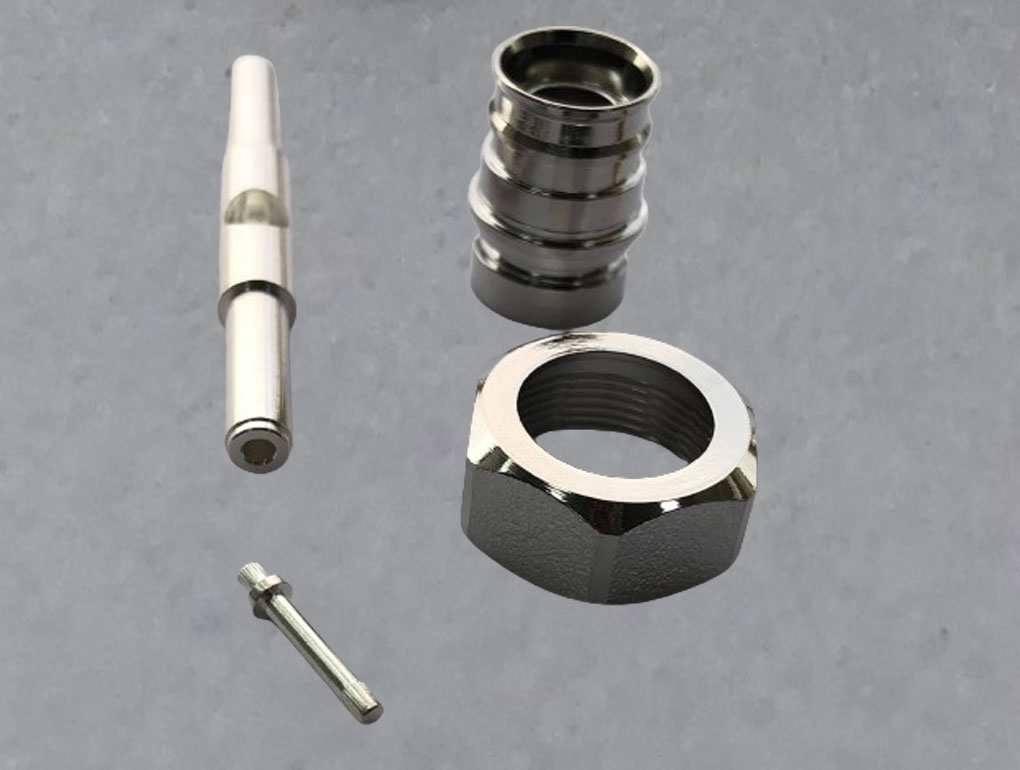
Tri Metal
Tri-metal plating creates a non-toxic, non-magnetic deposit that is highly resistant to corrosion. This metal finishing application and deposit has low porosity and a low coefficient of friction. Lead-free tri-metal plating is outstanding for solder applications.

Acid Zinc
Zinc plating processes to protect steel and iron from rusting. This involves coating the surface of a metal with a thin layer of zinc to create a corrosion-resistant barrier. ... This refers to a zinc finishing specification that's often used to coat metallic parts.
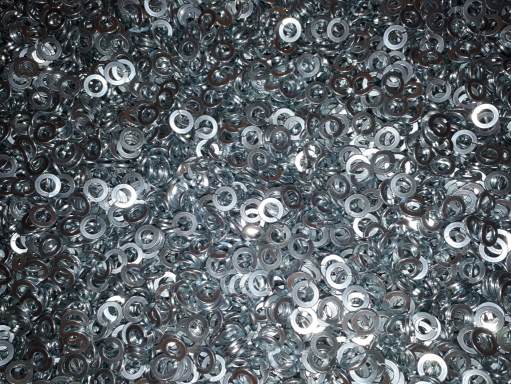
Alkaline Zinc
Benefits of its bright counterpart, such as superb plate distribution, an inexpensive electrolyte, treatment, and excellent ductility, with the added benefit of improved paint adhesion.

Mechanical Zinc Plating
A unique process involving the depositing of zinc by the mechanical action of a rotating barrel of chemicals, water, zinc powder and glass beads. The process cold-welds a uniform coating of metal powder free from oxides.
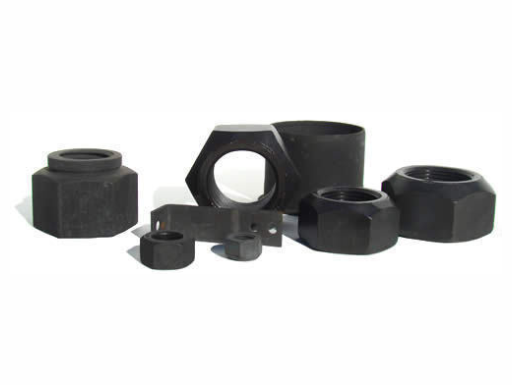
Phosphating
Zinc & Magnese Phosphating : The main benefits that phosphating provides is strong adhesion and corrosion protection. Typically, phosphate coatings used on steel parts but can also be used on aluminum. Metal coatings offers both zinc phosphate and manganese phosphate coating.

Blackodising
It is used to add mild corrosion resistance, for appearance and to minimize light reflection. To achieve maximal corrosion resistance the black oxide must be impregnated with oil or wax. One of its advantages over other coatings is its minimal buildup.

Hard Silver Plating
Hard silver plating is a high-hardness silver plating with excellent wear resistance. Developed for charging terminals of electric vehicles (EV) and plug-in hybrids (PHV)

Mat Tin
Matte tin does not contain additives like its counterpart bright tin. The lack of additives makes the matte tin superior in solderability and is frequently used in electronic applications.






